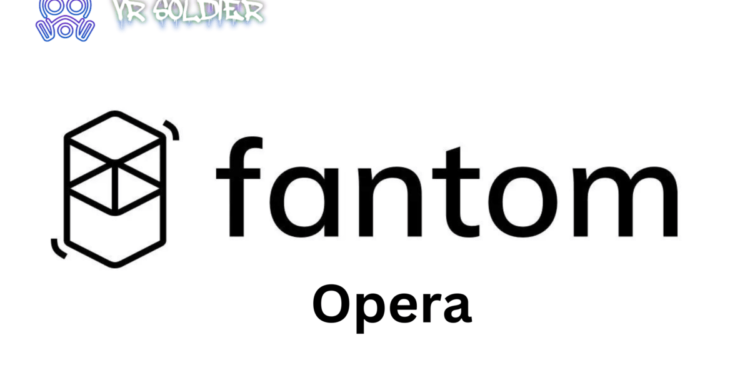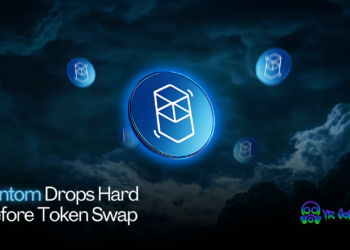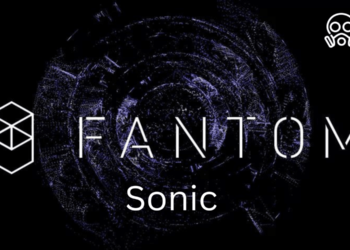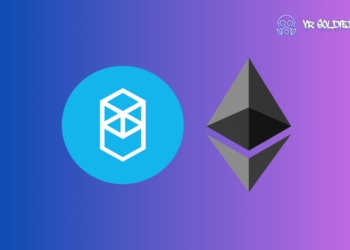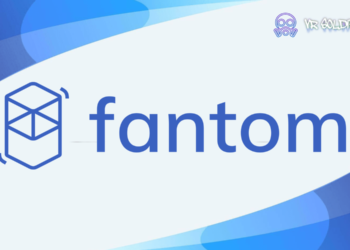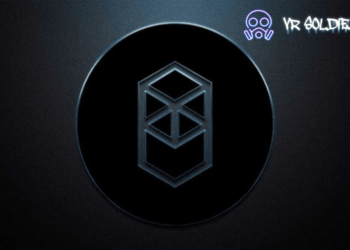Fantom is an interesting blockchain project that already has real use cases and deserves the title of one of the best platforms for decentralized applications. High competition can’t hinder its rapid development – new blockchain projects aimed at scalability and speed appear on the market with enviable regularity, since this is the main pain point for users at the moment. However, today we will discuss the Fantom Opera mainnet, which is also compatible with the Ethereum Virtual Machine and provides full smart contracts support through Solidity.
What is Fantom Opera?
The primary aspect that distinguishes Fantom from other layer 1 blockchain implementations is the utilization of DAG. One of the initial considerations regarding blockchain might pertain to the block of data linked with the preceding block alongside the remaining blocks.
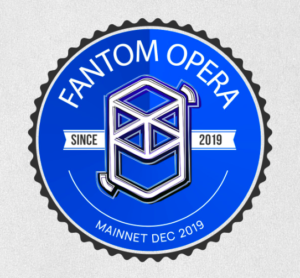
If you pondered Fantom blockchain, then it should encompass all blocks interconnected together in an unbreakable sequence. The unbreakable sequence documents all the transactions on the relevant network. On the other hand, layer 1 or mainnet deployment of Fantom i.e. Fantom Opera operates as a Directed Acyclic Graph or DAG.
The OPERA Chain is the central module of Fantom infrastructure to tackle the scalability issues of the traditional blockchain models. Not only that, It employs Scala — a functional programming language — to produce bytecode on the FANTOM Network.
The OPERA Chain Consists of Three Main Layers:
-Core Layer: for processing transactions.
-Ware Layer: offers APIs, smart contracts production tools, wallets, etc.
-Application Layer: for third-party applications.
The DAG essentially entails a tree of nodes as well as vertices, akin to the blocks in the blockchain. The vertices or nodes are linked to one another through one or multiple edges, similar to the cryptographic correlation between blocks in a blockchain. Fantom utilizes this design to evade the classical blockchain structure. Each vertex or node in Fantom is essentially a block featuring a collection of transactions utilized in the network. Owing to the asynchronous operations of the network, network stakers could generate new transactions at any moment.
Fantom allows the flexibility to associate the transaction blocks with one or multiple vertices. Consequently, Fantom FTM network can exhibit a clearly defined cross-link structure in the form of a DAG. The cross-linked structure aids in creating seamless documentation of every occurrence on the network with speed and security. With the transaction confirmation time at approximately 1 second, the Fantom Opera Chain is an integral technology underlying the operation of Fantom. Users can explore the mainnet deployment through the network’s block browsers.
At The End
Opera is a secure and rapid environment to construct decentralized applications. Not only that, It is also entirely permissionless and open-source. Driven by Fantom’s aBFT consensus algorithm, it harnesses its velocity and fast finality and is ready for real-world applications with no risks of congestion or prolonged confirmation periods.

